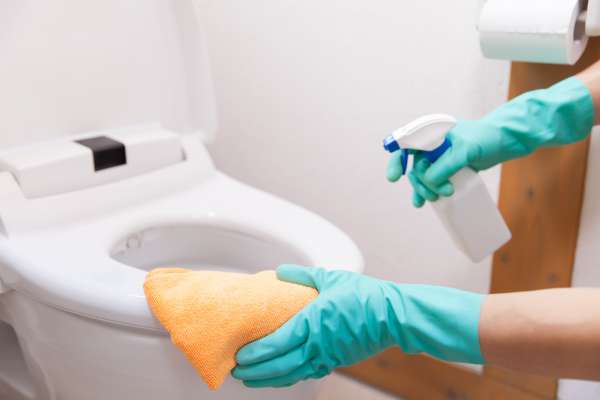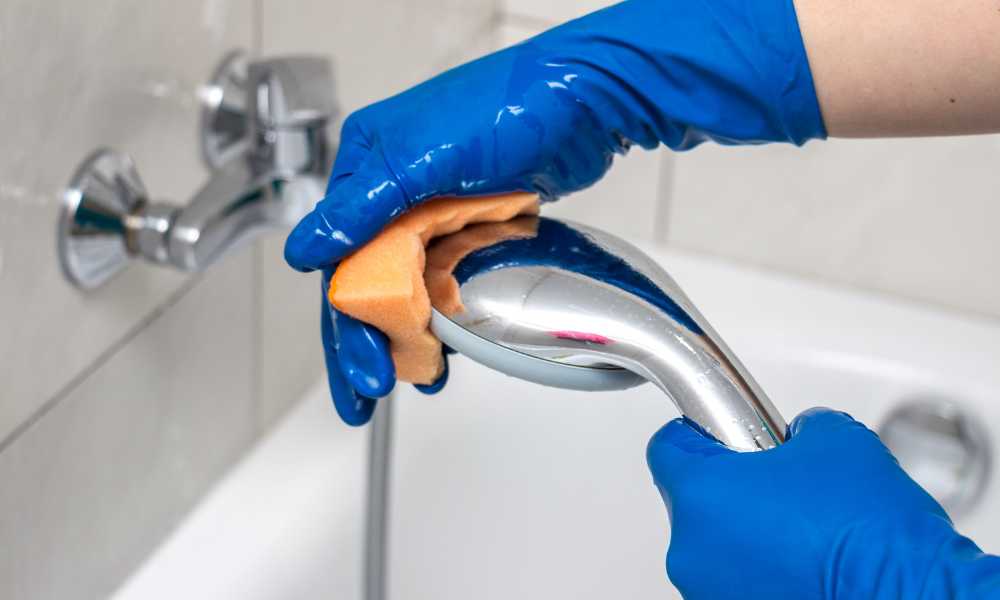Toilet seats turning blue might seem like an unusual phenomenon, but it is a common occurrence observed in many public and commercial facilities. This peculiar color change can often be attributed to the presence of chemical compounds known as urinal cakes or toilet bowl deodorizers. These products are designed to mask unpleasant odors and disinfect the toilet area. Through a combination of chemical reactions and detergents, they can cause the toilet seat to turn blue over time. Understanding why toilet seats turn blue is not only intriguing but also sheds light on the innovative methods used to maintain cleanliness and hygiene in shared bathrooms.
The Mystery of Blue Toilet Seats
Blue toilet seats have puzzled many people who have encountered them. While they may seem harmless at first glance, it is natural to wonder if there are any potential dangers associated with their vibrant color. However, despite the initial concerns, blue toilet seats are typically safe and pose no significant threat to human health. The discoloration can be attributed to various factors, including bacterial action, copper plumbing, and the water supply.
Can blue toilet seats be harmful?
The discoloration of toilet seats should not be cause for alarm in terms of health risks. The blue color is generally a result of chemical reactions or deposits that accumulate over time. Unless there are specific toxic substances or abnormal conditions present in the environment, such as excessive use of chemicals or unsanitary practices, the blue stain itself would not pose any harm to individuals using the facilities.
Weed More: Toilet Seat Risers With Handles
What Causes the Blue Stain?
1. Bacterial Action

One common cause that leads to blue stains on toilet seats is bacterial action. Bacteria naturally thrive in moist environments with organic matter, such as toilets. Some species of bacteria produce pigments called pyocyanin and violacein as part of their metabolic processes. These pigments can create blue or violet coloring when they come into contact with certain substances found in cleaning products or water additives.
2. Copper Plumbing

In some cases, copper plumbing can contribute to the appearance of blue stains on toilet seats. When water passes through pipes made of copper or containing copper alloys, it can react with the metal surfaces and form a bluish-green tint known as a patina. If this tainted water comes into contact with the toilet seat, it can transfer the color onto its surface over time.
3. Water Supply

The quality and composition of the water supply are also factors that can lead to blue stains on toilet seats. Certain minerals in water sources like iron or manganese can react with cleansing agents or disinfectants, causing discoloration. For example, if chloramine, a common water disinfectant, reacts with these minerals in the water, it can create blue staining on surfaces.
Preventing Blue Toilet Seats
1. Regular Cleaning

Regular cleaning and maintenance of toilet seats can help prevent the formation of blue stains. Using appropriate cleaning products and techniques will help eliminate bacteria and residue that can contribute to discoloration. It is important to follow manufacturer’s recommendations for cleaning and avoid using harsh chemicals that could damage the surface.
2. Water Filtration Systems

Installing water filtration systems can help improve the quality of water supplied to toilets and minimize the presence of minerals or impurities that contribute to staining. These systems can effectively reduce the risk of discoloration caused by reactions between water components and cleaning agents.
Social and Psychological Aspects
The presence of blue toilet seats can have social and psychological implications. From a cultural standpoint, blue toilets may be seen as unconventional or unusual, as the traditional color of toilet seats is typically white. This could lead to feelings of discomfort or unease for some individuals who are not accustomed to seeing such vibrant color in a bathroom setting.
Psychologically, the color blue is often associated with calmness and serenity. However, in the context of a toilet seat, it may not evoke the same soothing response. Some people may find the color distracting or off-putting, impacting their overall bathroom experience.
Chemical Reactions

The discoloration of toilet seats is often due to chemical reactions that take place over time. These reactions can occur between substances found in cleaning products or water additives and certain bacteria present on the seat’s surface. It is essential to understand that these chemical reactions are typically harmless and do not pose any significant health risks.
It is advisable to avoid using harsh chemicals that may contribute to discoloration or damage the toilet seat material itself. Opting for gentle cleansers or natural alternatives can help maintain the cleanliness without exacerbating the issue.
Environmental Impact
While blue toilet seats themselves do not have a direct impact on the environment, considerations should be given to the substances used to clean and maintain them. Harsh cleaning chemicals can have adverse effects on wastewater treatment systems and potentially contribute to water pollution.
By adopting eco-friendly cleaning practices and opting for sustainable cleaning products, individuals can minimize their environmental footprint while keeping their toilets clean and free from discoloration.
Dealing with Existing Stains
If you already have blue stains on your toilet seat, there are a few methods you can try to remove them. One common approach is to use a mixture of vinegar and baking soda. Simply apply the paste onto the stained area, scrub gently with a brush, and then rinse thoroughly. Another option is to use hydrogen peroxide or oxygen bleach, following the instructions on the packaging.
Myths and Misconceptions
There are some prevalent myths and misconceptions surrounding blue toilet seats. One misconception is that the blue color indicates the presence of harmful bacteria or chemicals. However, in most cases, the discoloration is simply caused by harmless chemical reactions with bacteria and plumbing materials.
How often should I clean my toilet to prevent blue stains?
To prevent blue stains from occurring or worsening, it’s crucial to regularly clean your toilet seat. Aim for at least once a week or more frequently if necessary, depending on usage and personal preferences. By keeping your toilet seat clean and free from any potential bacterial growth, you can minimize the chances of experiencing persistent blue stains.
Conclusion
The mystery of why toilet seats turn blue lies in various factors such as bacterial action, copper plumbing, and water supply. While some individuals may find the presence of blue toilet seats unusual or discomforting from social and psychological perspectives. Iit’s essential to understand that these discolorations are generally harmless.


